October 2020
Grumman Avenger
Martin Maryland
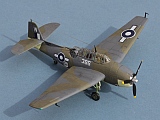
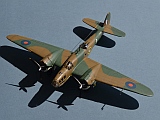
Avengers formed a key part of the East India Fleet and British Pacific Fleet and
participated in all of the main actions, including the final British sorties of WW2.
This aircraft wears early BPF markings -
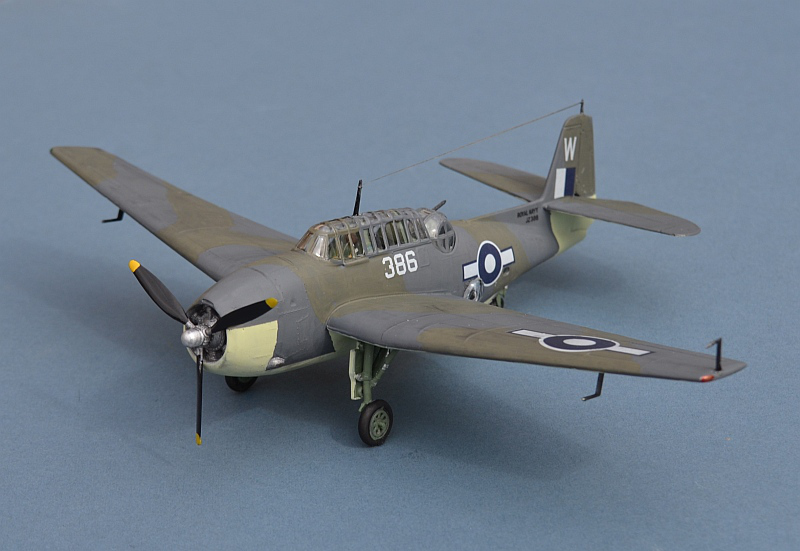
Grumman TBM-
HMS INDOMITABLE, British Pacific Fleet, Task Force 57,
Operation Iceberg II, Sakishimo Gunto, Okinawa Campaign -
FROG 1/72
Building FROG’s Avenger:
This is the FROG kit, first issued in 1973 and built completely “out the box”. The main difference from this and the slightly nicer late 1980s Academy kit is the lightly raised detail, but otherwise it is very similar, albeit with less detail in the FROG cockpit.
With the exception of the fit of the turret into the fuselage (possibly my fault), mine built very easily. It had seen a little warping of one wing in its box and although I thought I had corrected it, the end result shows more dihedral than Academy (but on both wings), again possibly reflecting a less than precise wing to fuselage join.
Two decal options are provided, for a UK based Avenger operating over the Atlantic from RAF Macrihanish, and this BPF one from INDOMITABLE, both flown by 857 Sqn, Fleet Air Arm. As expected, the 44 year old FROG decals worked perfectly, without any sign of yellowing or cracking.
Between this kit and the one from Academy, I probably prefer the latter (just), but this is by no means a criticism of FROG’s version.
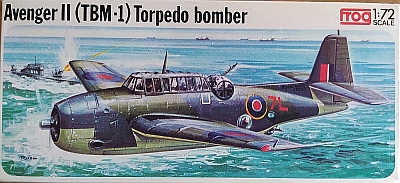
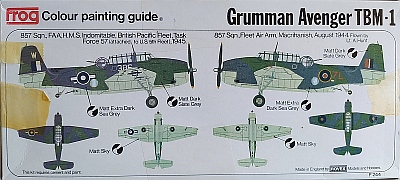
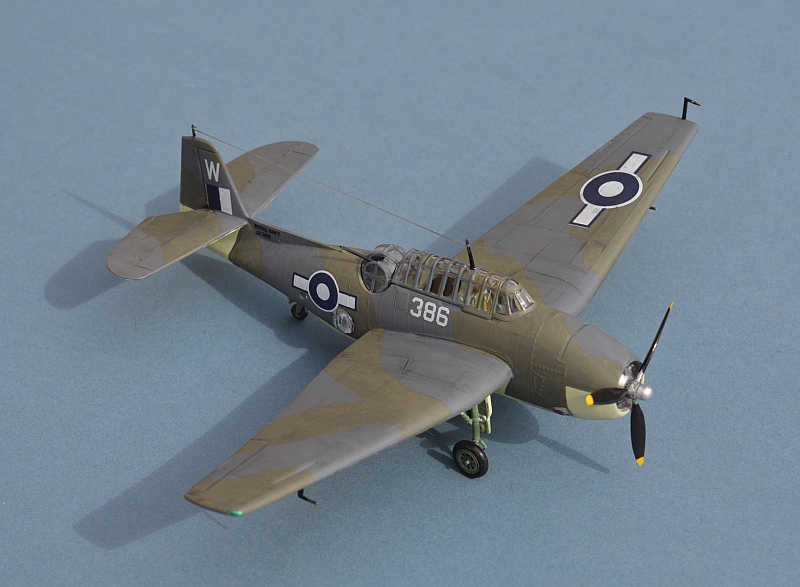
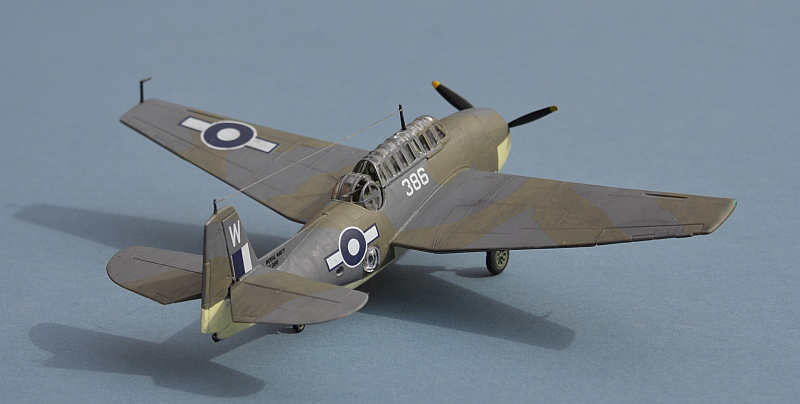
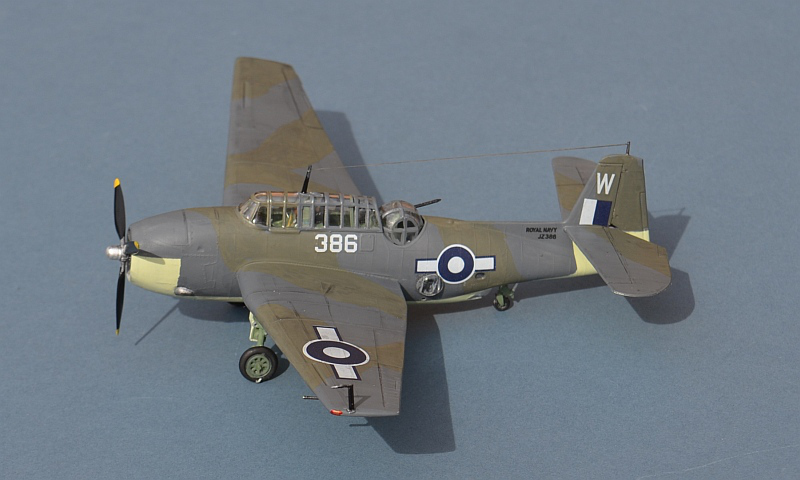
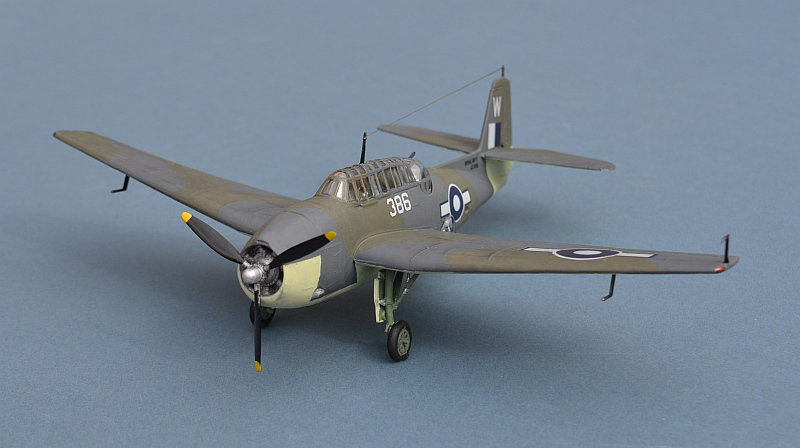

The real thing:
© IWM A 29317
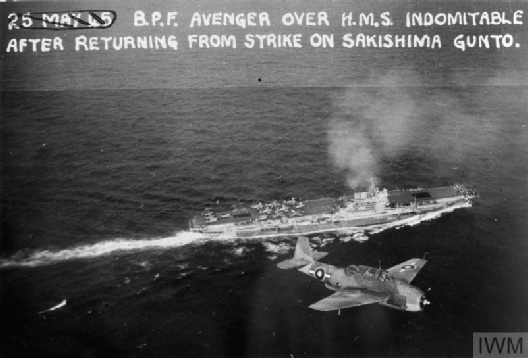
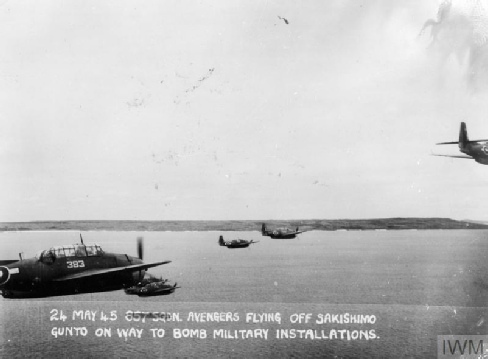
© IWM A 29316
The Maryland was originally built for the French Air Force and Aeronavale, seeing some success during the Battle for France. Whilst some continued in Vichy service (for example, taking part in the French bombing raids against the RN base at Gibraltar and against British forces in Syria, Lebanon and Palestine), the remainder of the order was impounded by US authorities then diverted to the RAF.
As one of the few early WW2 US aircraft able to compete on even terms with European
designs, new orders were placed by the British Purchasing Commission in Washington
for a re-
With a similar role to the Bristol Blenheim, albeit faster and able to carry a larger bomb load, British Marylands saw extensive service in Malta and across North Africa, with an RAF Aircraft flown by RAF pilot Flt Lt Adrian Warburton, spotting the Italian Fleet concentrated in Taranto harbour and thereby enabling the spectacular Fleet Air Arm attack that took the Italian surface fleet out of the war and formed the model for the subsequent equally spectacular Japanese attack on Pearl Harbour.
Three Marylands were allocated to the Fleet Air Arm, where they were used for Fleet Requirements, training and maritime reconnaissance duties by 771 Sqn at RNAS Hatston and RNAS Twatt in the Orkney Islands.
During May 1941, it became clear that the German battleship Bismark was being readied for a mission into the North Atlantic. On 22 May the routine RAF reconnaissance flight was cancelled due to poor weather, but a volunteer naval crew from 771 Sqn, comprising pilot Lt N E Goddard, Observer Cdr G A Rotherham and TAGs, Leading Airmen J W Armstrong and J D Milne took off from Hatston in Maryland AR720 and flew at low level on instruments to the Norwegian coast. There they confirmed that the Bismark had sailed from Bergen, starting the chain of events that would lead to the Battle of the Denmark Strait, the loss of HMS HOOD and ultimately, the sinking of Bismark herself.
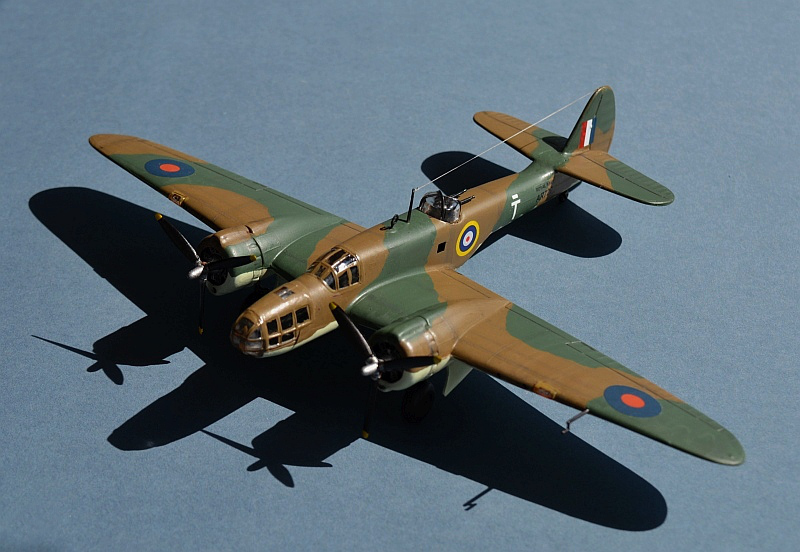
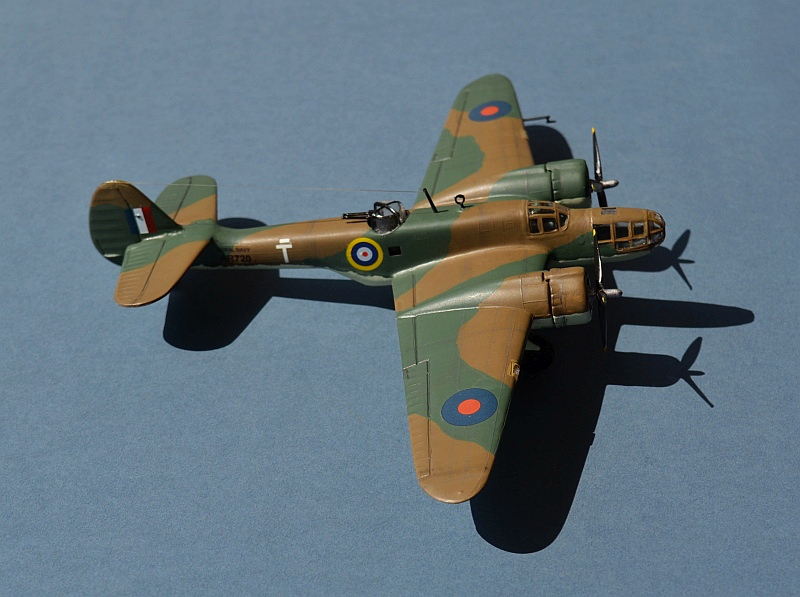

Building FROG’s Maryland:
Another FROG kit that was first issued in 1973, this one came as a £2 dirty bag of bits from a rummage box at Telford. I think its a NovoExport issue from the early 1980s, but since it had no instructions, box or decals, who knows.
The plastic was a very brittle brown and melted like chocolate when it came into contact with glue. Decals came form my spares box and inkjet.
The kit itself isn’t too bad and is currently available from ARK models.. However, it typical of late FROG, the moulds have clearly seen better days and so it is really not up to modern expectations.
Canopy fit was somewhat suspect, but some Krystal Kleer resolved that issue quickly. As you can see from my overlapping tail flash, there is something wrong with the rudder line.
But for £2? Hey what is there to complain about. I certainly enjoyed building it !
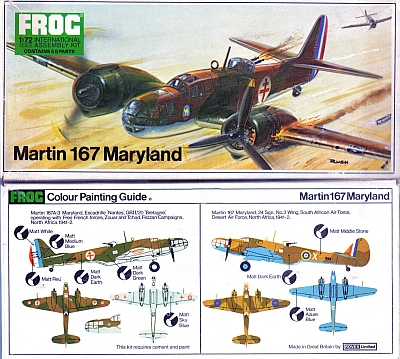


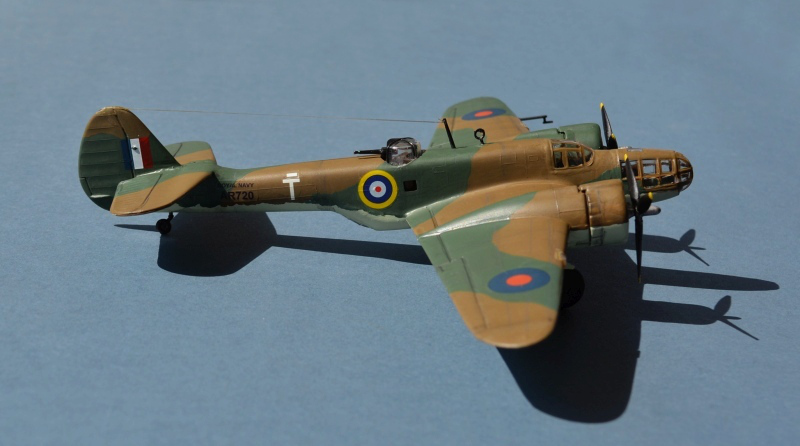
The real thing: A 771 Sqn Maryland at RNAS Hatston © IWM A 8223
Many more RN aircraft on my Flight Deck pages: